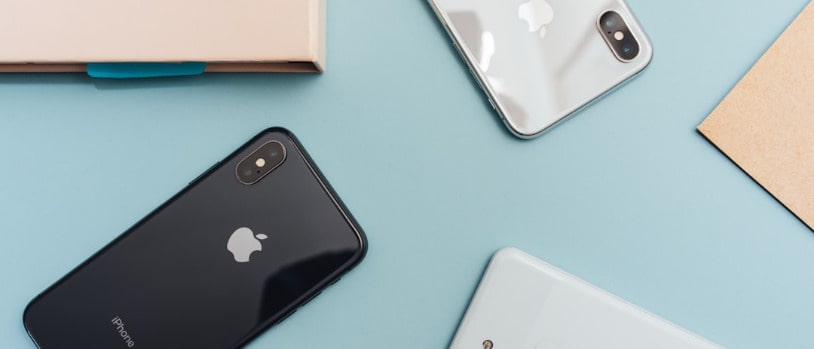iPhones have become such integral parts of our lives that they hold vast amounts of data ranging from personal memories captured in photos and videos to important documents and correspondences. Unfortunately, the reality of data loss due to damage, loss, or theft of these devices is ever-present. This concern underlines the need for regular data backups to safeguard our digital information.
Getting Started: Preparing Your iPhone for Backup
Before initiating any backup process, it’s advisable to take some preparatory steps to guarantee the smooth transition of your data. Verify that your iOS is updated to the latest version to avoid any compatibility issues, and ensure your device is sufficiently charged or plugged in to prevent interruptions during the backup.
- Check for iOS updates in Settings > General > Software Update.
- Charge your device or keep it connected to a power source.
iCloud Backup – Your Virtual Safe
iCloud Backup provides an effortless option to secure your iPhone data to Apple’s cloud service. Once activated, it automatically executes daily backups when your device is connected to Wi-Fi and a power source, and the screen is locked.
- Activate iCloud Backup:
- Connect to Wi-Fi.
- Navigate to Settings > [your name] > iCloud > iCloud Backup.
- Switch on the iCloud Backup option.
- Choose ‘Back Up Now’ to immediately start the backup process.
- Verify the Backup:
- After the process concludes, check the last successful backup by going to Settings > [your name] > iCloud > iCloud Backup.
iTunes and Finder – Local Backup Solutions
For those who prefer local backups, iTunes (for Windows and macOS Mojave or earlier) and Finder (for macOS Catalina and later) offer solutions to store your data directly on your computer. This method requires a USB or USB-C cable to connect your iPhone to the computer.
- Backing Up With iTunes or Finder:
- Use a USB cable to connect your iPhone to your computer.
- For iTunes, open the application and select the device icon. In Finder, select your device from the sidebar.
- Choose ‘Back Up Now’ to start the process.
- You can also encrypt your backup by selecting ‘Encrypt local backup’ and setting a password.
Addressing Storage: Managing Your iCloud Space
iCloud offers varying storage plans to accommodate the size of the backups. While the first 5GB is complimentary, you may require more space over time.
- Evaluate your iCloud storage by going to Settings > [your name] > iCloud > Manage Storage.
- Consider upgrading the plan if necessary via Settings > [your name] > iCloud > Manage Storage > Change Storage Plan.
Alternatives to iCloud and iTunes
Third-party applications and services present alternative methods to backup iPhone data, each with unique features and capabilities catering to different needs.
- Recommended third-party backup solutions include apps like Acronis and MobileTrans.
- Be sure to vet any third-party service for reliability and security prior to use.
Regular Backup Schedules – Ensuring Data Safety
Creating a habit of regularly backing up your iPhone ensures that your data remains up-to-date and secure.
- Set a reminder to perform manual backups periodically if automatic backups are not feasible.
- Review backup settings regularly to ensure they align with your current needs and storage capacities.
Maintaining consistent backup habits is a proactive step towards securing your information. In the event of a device failure, loss, or upgrade, the transference of your essentials will be uncomplicated and reliable.
Tips for a Smooth Backup Experience
Applying several best practices can streamline the backup process and help avoid common issues.
- Use a stable Wi-Fi connection to prevent disruptions during an iCloud backup.
- Clear unnecessary files prior to backup to save space and time.
- Regularly purge unneeded iCloud backups to free up space for newer ones.
Whether you opt for iCloud backups for their convenience or prefer the control of a local backup via iTunes or Finder, the protection of your data pivots on regular, reliable backups.
The Epilogue of Data Security
With your iPhone data now securely backed up, you can experience the serene confidence that comes from knowing your personal and professional spheres are well protected. Should you ever face a situation of data loss or transition towards a new device, your preparedness today will ensure a smooth and stress-free recovery. Your information is now buffered against the unpredictable, ready for restoration whenever the need may arise.
